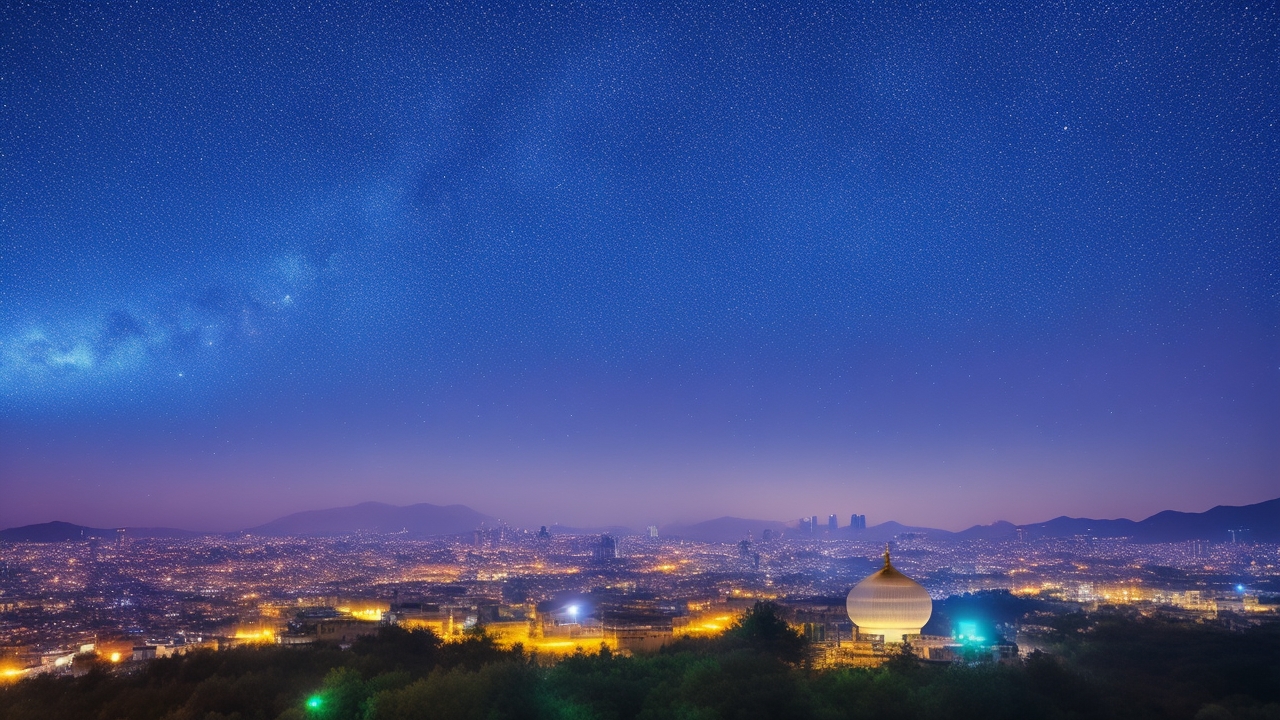On a brisk January night in Liaoning Province, China, the sky flickered with unearthly geometry—a Merkabah-shaped cluster of lights, crisp and silent, gliding over astonished observers filming from rooftops. Across continents, community groups buzzed with stories of glowing orbs over New York’s Finger Lakes and eerily pulsating ships near the UK’s storied green spaces. For the first time in years, new patterns in alien research and UFO documentation are transforming the extraterrestrial conversation into something more vivid, communal, and surprisingly grounded.
The Worldwide Shift: UFO Sightings Go Viral
The most current trend in UFO sightings is unmistakably international in scope, with a particular focus on China’s sudden emergence as a documented hotspot. According to Goldsea’s October 2025 roundup, China saw at least 20 highly credible UFO cases this year alone, each bolstered by high-resolution videos, mass eyewitness accounts, and extensive media coverage. In Shanghai, a triangular formation hovered for 16 minutes, dazzling hundreds who instinctively reached for their cameras. Baiyun Mountain witnessed a cigar-shaped, pulsating vessel, traced by dozens of digital lenses—a stark contrast to infamous American sightings of earlier decades.
In the United States, sightings are still frequent—over 60 reported in upstate New York in just the first half of 2025, per a National Tracking Group cited by Fox News—but the texture is shifting. Many viral incidents, like the pill-shaped glowing object over the Finger Lakes, were later debunked as rocket launches, yet the sheer volume and social fervor reflects a new culture of immediate documentation and debate. The emphasis is no longer on isolated whispers, but on crowdsourced scrutiny and scientific challenge, with local Facebook groups morphing into rapid-response observation hubs.
From Mystery to Method: The Rise of Data Verification
What sets today’s UFO and alien research apart is not simply the quantity of sightings, but the evolving rigor in analysis. As retired Rear Adm. Tim Gallaudet explained to Fox News Digital, the protocols for investigating Unidentified Anomalous Phenomena (UAPs) now involve an arsenal of technology—optical, infrared, radar, and lidar data, plus acoustic and radio interrogation—to distinguish genuine anomalies from mistaken rocket launches or drones. This scientific transparency is proving transformative, gradually replacing stigma and fear with collaborative inquiry.
Scientists and amateur sleuths alike are cross-referencing eyewitness footage, scouring databases, and sharing both the excitement and the skepticism. The communal approach has naturally fertilized the next phase of research: large-scale, public-facing data visualizations. For example, avant-garde designers at Avantika University mapped decades of US sightings across time and space, confirming historic seasonal spikes (notably in summer months) and connecting newfound hotspots to migratory trends and aerospace corridors.
Statistics Tell the Story: Where Are UFOs Today?
Two recent statistics highlight the global nature and present intensity of UFO trends:
- In China, Goldsea documented 20 distinct, credible UFO cases in 2025, most accompanied by videos, verified by independent witnesses, and aired in major media. Mass sightings were common in the provinces of Liaoning and Fujian, with over 100 participants in some events.
- In the United Kingdom, analysis by The Economic Times, National UFO Reporting Centre, and Enigma app identified Llandudno as the UK’s top hotspot for 2025, with an astonishing 116.7 sightings per 100,000 residents. Manchester and Norwich followed close behind, with most activity traced to public spaces and waterside locales.
These numbers aren’t just trivia—they signal an unprecedented mainstreaming of the UFO and extraterrestrial community, expanding research beyond scientific enclaves into local neighborhoods.
Extraterrestrial Research: From Enigma to Accepted Science
The path from alien enigma to commonly acknowledged scientific phenomenon is paved with collective curiosity. Increasing news coverage and growing pressure on governments have led to a notable uptick in official disclosures. While China’s remarkable documentation is driven by citizen reporting, American agencies are slowly moving toward transparency, sparking discussions on the role of both social media and legislative oversight.
Community involvement is no longer peripheral; it is central. Amateurs and professionals collaborate, blending expertise in physics, optics, and journalism with lived experience and local knowledge. Open forums and data-sharing initiatives have become fertile ground for hypothesis refinement, internal debate, and shared wonderment.
A Practical Guide: Engaging with Today’s UFO Community
- Document sightings with your smartphone using timestamped video or photos. Focus on details: movement, color, sound, and environmental context. Join local observation groups to share evidence and compare notes.
- Cross-check visual reports with radar, radio, or space launch data where possible. Utilize public databases (like the National UFO Reporting Centre or regional apps) and consult experts if your findings appear anomalous.
- Stay grounded in skepticism, but open to discovery. Not every strange light marks an alien visit; rocket launches, atmospheric phenomena, and drones are common culprits. Uphold scientific standards when discussing events online or in community meetings.
The New Face of the Extraterrestrial Conversation
With each verified or debated sighting, the lines between science and society blur just a little more. The alien and UFO research community, once relegated to fringe gatherings and late-night radio, has become a patchwork of global voices—parents and PhDs, hikers and historians—all probing the possibility that the cosmos contains company untold.
The real story isn’t found in a single ghostly image over Shanghai or a viral video from Yorkshire, but in the collaborative dance between skepticism and awe that is sweeping the world. Whether you’re convinced the truth is out there or certain it’s somewhere closer to home, the invitation remains: join the extraterrestrial community, ask bold questions, and help sculpt our understanding of the unknown, one sighting at a time.
